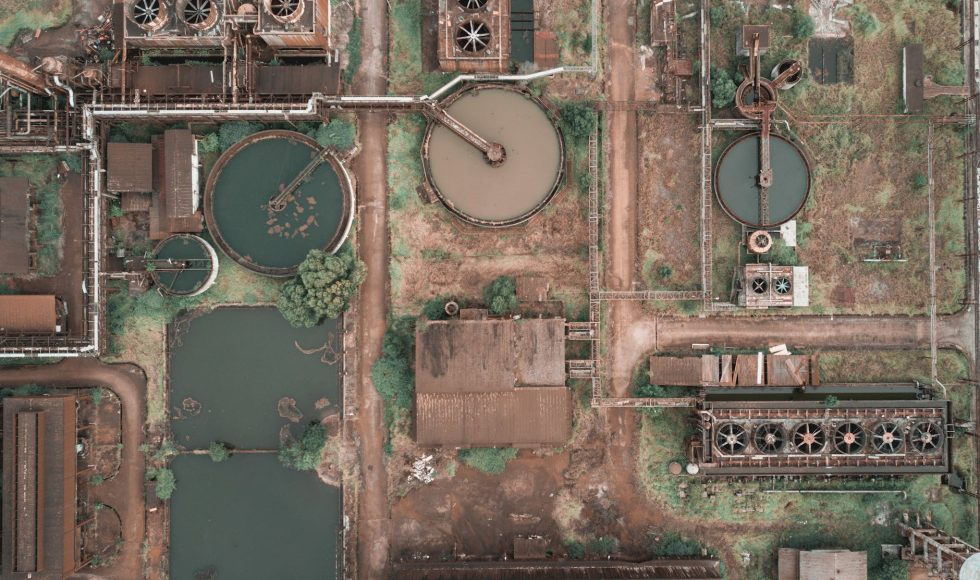Tonight, I was searching for videos for the course I am preparing to teach on portable genome sequencing technologies. I want to discuss the use of long-read sequencing for identifying and characterizing native plasmids. I found an older yet very relevant London Calling 2019 session. Severine Rangama from the University of Warwick presented a short talk with the title “Long-read sequencing and assembly of a large environmental blaCTX-M-15 harboring plasmid.” They began speaking about antimicrobial resistance deaths and cases. Rangama noted that antimicrobial resistance is driven in part by the environment and the use of antibiotics in agriculture and animal husbandry. Rangama described a waste water treatment plant and anaerobic digestion system and the concern of elimination of antimicrobial resistance. Rangama worked on two isolates that survived the process of the anaerobic digester. One isolate carried several resistance genes. The first research question was whether the antibiotic was expressed. They tested growth and a chromogenic medium to determine the secretion of beta-lactamase. To determine the genetic context of the gene, they sequenced the plasmid. They isolated the plasmid by conjugating the plasmid into a lab strain and performed a plasmid prep. They prepared the DNA using the Ligation Sequencing Kit. The plasmid they obtained was resolved and was about 100 kb. Rangama then used spent or conditioned medium to test the protective effect. A proteomic analysis of strain 48 indicated that the CTX-M-15 gene was expressed. This plasmid was able to conjugate into other species too! They then extracted total DNA to learn about other antimicrobial genes. What a neat and in-depth study!



